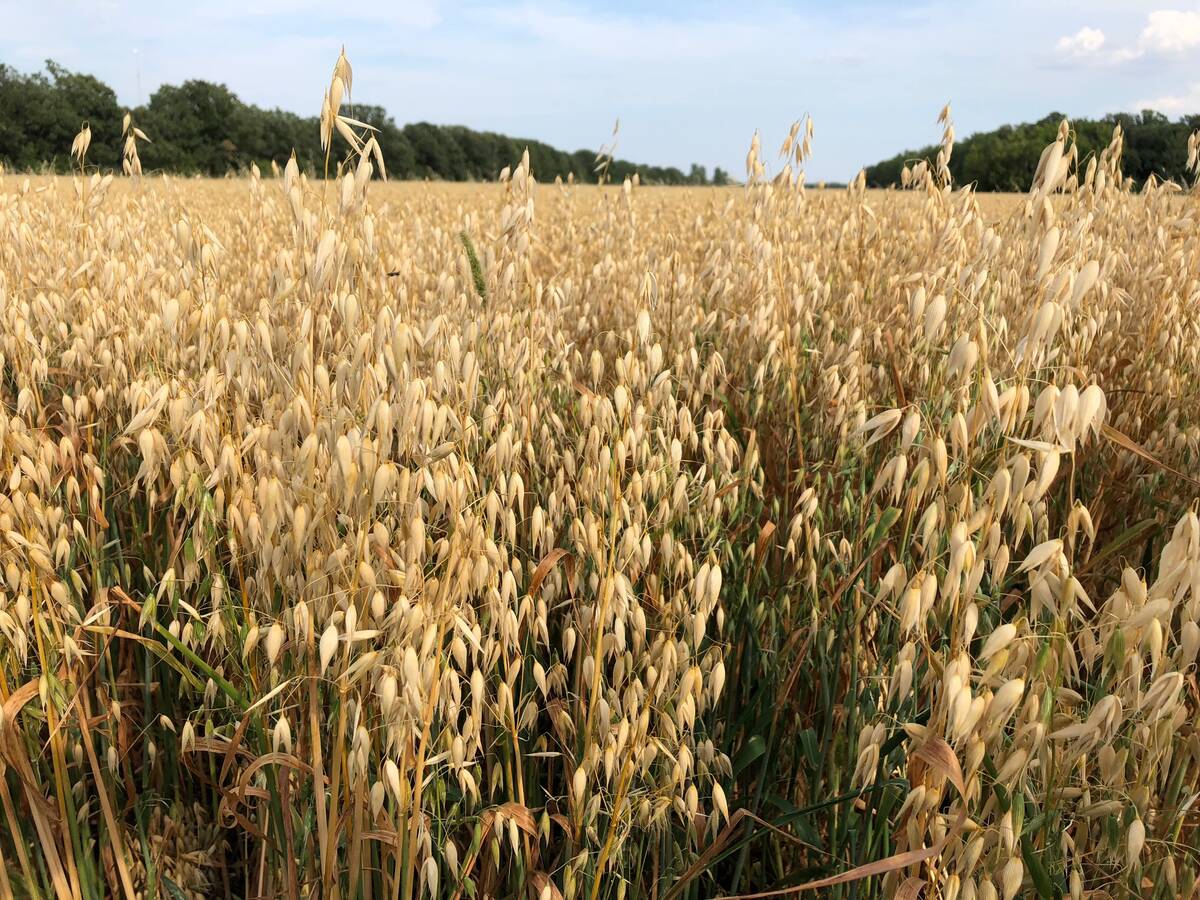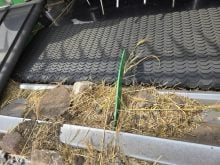Rising costs make maintenance and repair of farm equipment and infrastructure more important than ever, and this includes grain and fertilizer bins.
Unfortunately, there aren’t many options for that on the Prairies because most bin dealers only sell new. However, help can be found through word of mouth, social media and community newspapers.
Two such companies are Calgary-based JM Coatings, which operates throughout Alberta, and Prairie Bin Service, located in Balgonie, Sask., which serves that province.
Read Also

Controversy fails to prevent PGR use in oats
Some Manitoba oat growers are still using chlormequat chloride — the active ingredient in Manipulator —and sometimes to measurable success.
While both enterprises offer repair services for bins, they vary slightly. JM Coatings offers recoating of paint, epoxy and seals for grain and fertilizer bins, while Prairie Bin focuses more on grain bins, providing floor and panel repairs and anchor installation.
John Miller, owner of JM Coatings, said his family has been in the agricultural painting business for more than 40 years. They started with barns, sheds and houses and eventually moved to bins, grain trailers and trucks.

Miller said the bin refurbishing process varies for interior and exterior and what the farmer is looking for but often includes a pressure wash or sandblast followed by the re-application of epoxy or polyurethane and painting.
“If they’re just using it for grain, sometimes they just want to blast it out, get rid of the old coating that’s in there and get that cleaned,” he said.
“Sometimes you don’t even coat them. But there are various options of coating depending on what (products or fertilizer) they’re putting in the bin.”
Miller said the bins can be versatile for those shifting or downsizing operations. All they need is a good cleaning and possibly a paint job. He said most painting he does is on the interior of the bins.
Ryan Selzer and Mark Selzer, cousins and co-owners of Prairie Bin Service, have been servicing grain bins since 2016. They’ve been in and out of the farm repair business for more than 25 years, getting started by doing smaller repairs for local businesses in their teen years.
Their return to bin repairs in 2016 came when they realized none of the big companies were selling wood bin floors or offering repairs anymore. At the same time, they heard people were interested in the service and decided to jump back in.
“Since then, it’s been kind of a natural progression over the first few years, to develop our different offerings,” Mark said.
The cousins specialize in bolted, galvanized bins.
“When we’re refurbishing or repairing those, we’re replacing any damaged panels or replacing the bottom or upgrading from a concrete or rotten wood floor to a steel floor or maybe a hopper,” Ryan said.
Between the larger companies no longer offering bin repair services and prices steadily increasing, many farmers are seeking alternatives.
“There’s not a whole lot they can do,” Miller said.
“They either recoat them or get rid of them.”
Miller saw an increase in interest following the pandemic, when costs started rising. He said that while the price point varies, repair is nearly a quarter of the price of a new bin.
“Bins need maintenance anyways, so they can buy a new one, but the fertilizer is going to eat it anyway.”
The Selzers have also seen a steady interest in repair versus new and are seeing their demographics shift a bit.
“There’s definitely a demand now as farmers age or the new guys come in,” Ryan said.
“It’s way quicker to deal with it being on a hopper as opposed to a floor, where you have to manually clean that out, whereas the hopper cleans itself.”
Both Miller and the Selzers said the most important thing for any bin is maintenance. It’s how someone can ensure the longevity and safety of their product and their bins.
For the Selzers, it’s all about the footings.
“(Making) sure the bins have a good base is a good start,” Ryan said.
“So it’s not sunk in the mud (because) when the floors get in the mud, they rot pretty quickly.”
Echoed his cousin: “Having a good foundation is important … having drainage away from them, keeping the moisture away as best as possible.”
Anchors are even more important, they added.
Miller’s focus is cleanliness. Always rinse and clean out bins, but especially fertilizer bins.
“Keep the gates clean and don’t let the fertilizer stick to the walls. “It’s like anything — keep it tuned up and oil it, like a vehicle.”
















